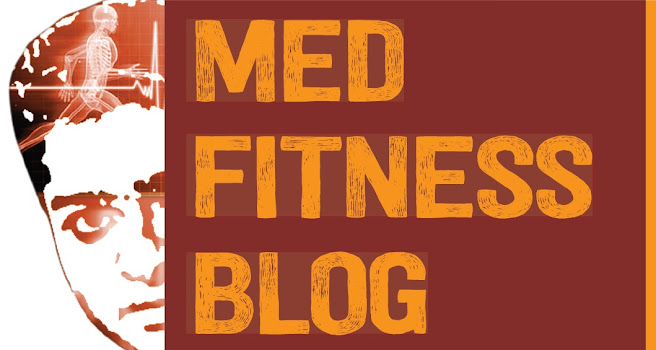You may want to head toward the weights section at your gym in early January; researchers say daily weight training is more effective than aerobic exercise at keeping abdominal fat away.
The first thing many people do when they enter the gym at the beginning
of January is to step on a treadmill, but the new study - published in
the journal Obesity - suggests we may want to veer toward the weights section.
The Centers for Disease Control and Prevention (CDC) note that a wide variety of factors play a role in obesity, making it a "complex health issue to address."
Though body weight
is a result of our genes, metabolism, environment and culture, obesity
results from an energy imbalance - simply put: when we eat too many calories and do not get enough exercise.
However, because behavior and environment play a large role in obesity,
the CDC note that these are the greatest areas for prevention and
treatment.
Lead study author Rania Mekary, from the Department of Nutrition at
Harvard School of Public Health (HSPH), speaks of the importance of a
healthy waist circumference:
"Because aging is associated with sarcopenia, the loss of skeletal
muscle mass, relying on body weight alone is insufficient for the study
of healthy aging. Measuring waist circumferences is a better indicator
of healthy body composition among older adults."
Because previous studies have focused on a specific population of
participants - for example, those who were overweight or had type 2 diabetes
- for short amounts of time, yielding mixed results, Mekary and her
team used a large sample of healthy men, with a wide range of body mass
indexes (BMIs), over a long period of time.
Weight training combined with aerobic exercise still the best option
The researchers studied 10,500 healthy men in the US over the age of 40
who were part of the Health Professionals Follow-up Study between
1996-2008. After assessing the physical activity, waist circumference
and body weight of the men, the team analyzed changes in their activity
levels during the 12-year period and how this affected their waistlines.
Results showed that the men who increased the amount of time
they spent lifting weights by 20 minutes a day had a smaller waistline
gain during the time period (-0.67 cm), compared with those who
increased their aerobic exercise by 20 minutes a day (-0.33 cm) or who
increased yard work or stair climbing (-0.16 cm).
Not surprisingly, those who increased sedentary behaviors including watching TV gained more weight in their belly area.
The researchers also note that, although aerobic exercise by itself was
linked to less weight gain compared with weight training, waist
circumference is a better sign of health in older people. Additionally,
combining weight training and aerobic activity yielded the best results,
they say.
"Engaging in resistance training or, ideally, combining it with aerobic
exercise could help older adults lessen abdominal fat while increasing
or preserving muscle mass," adds Mekary.


No comments:
Post a Comment